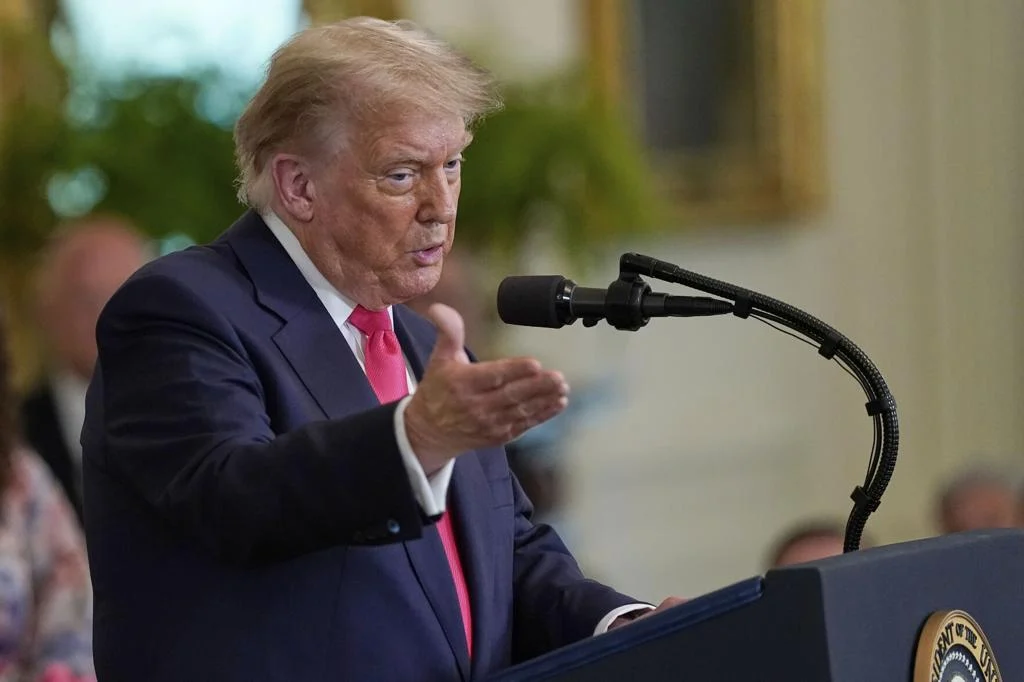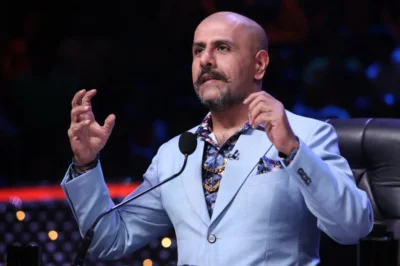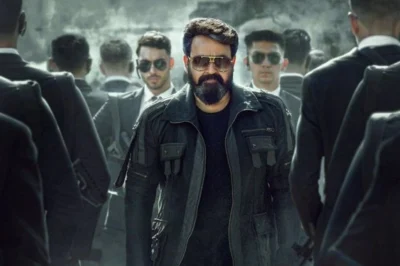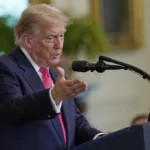
Fresh optimism from the Oval Office
On June 27, 2025, U.S. President Donald Trump expressed cautious optimism about brokering a new ceasefire between Israel and Hamas in Gaza, suggesting negotiations could culminate as early as next week. Speaking to reporters in the Oval Office, he revealed, “We think within the next week, we’re going to get a ceasefire,” citing recent discussions with individuals involved in the process.
Humanitarian aid takes centre stage
Trump emphasized the dire humanitarian situation in Gaza, stating that the U.S. is supplying “a lot of money and a lot of food” to the beleaguered population. This follows Washington’s recent decision to allocate $30 million to the Gaza Humanitarian Foundation, a private initiative focused on delivering aid through secure sites amid a fragile ceasefire.
Negotiation backdrop: Iran-Israel ceasefire
The current push follows a sudden ceasefire in the Israel-Iran clash, which Trump says helped “build momentum” for Gaza. He believes this window could be leveraged to strike a deal. Qatar and Egypt are reportedly engaged in mediation alongside U.S. envoy Bishara Bahbah, who has intensified dialogue with Hamas and Israeli officials in Cairo.
Complexities and stumbling blocks
Despite the optimism, the path remains riddled with challenges. Hamas has indicated it may release hostages in phases, while Israel insists on Hamas’s disarmament before any prolonged truce. Senior Israeli officials, surprised by Trump’s urgency, highlight Hamas’s firm stance and note little change on the ground.
Hostages at the heart of the talks
Securing the release of remaining hostages is central to the ceasefire prospect. Hamas reportedly remains open to surrendering captive hostages, provided there’s a concrete pause in hostilities. Israel, however, demands complete disarmament and Israeli troop withdrawal from key areas in Gaza.
Human toll: mounting casualties
The conflict continues to exact a heavy civilian toll. Gaza’s health ministry estimates over 56,000 Palestinians killed. Recent Israeli strikes alone claimed at least 72 lives, including children, near places like the Palestine Stadium and Bureij refugee camp. Aid convoys have been targeted, highlighting both the crisis’s gravity and the urgency behind Trump’s hopes.
International diplomacy steps in
Diplomatic efforts are ramping up. Israeli Strategic Affairs Minister Ron Dermer is scheduled to visit Washington to coordinate ceasefire, Iran, and broader regional peace initiatives. His visit follows talks involving Netanyahu and Trump, which aim to secure more concrete commitments from Israel.
Fragile windows of opportunity
Analysts suggest the peace initiative is riding a rare wave of diplomatic momentum. Trump’s announcement was a surprise to Jerusalem, where senior officials observed no immediate shift from Hamas. Yet negotiators in Cairo report significant engagement, indicating critical developments may be underway.
What could a ceasefire look like?
U.S.-backed proposals reportedly envisage an initial 60-day pause, accompanied by phased hostage releases and humanitarian access, similar to earlier U.S. frameworks. Hamas appears amenable to structured hostage exchange, but Israel holds firm on security measures, troop movements, and Palestinian political concessions.
Civilian agony and global pressure
As international outrage mounts, humanitarian organizations and UN officials underscore that aid seekers are being killed near distribution centres. This heightened crisis, compounded by global pressure, lends urgency to ceasefire diplomacy.
Looking ahead: will hope turn into peace?
Trump’s hopeful timeline places a ceasefire deal within a week, but both Israel and Hamas stress unresolved issues. U.S. envoy Bishara Bahbah is expected back in the region, and Israel’s Dermer visit could unlock further progress. However, without key concessions, especially on disarmament, hostages, and humanitarian access, the agreement may remain provisional.
Conclusion: cautious optimism amid stark reality
President Trump’s confidence injects fresh optimism into ceasefire efforts. Yet, the entrenched positions of Israel and Hamas, the ongoing civilian suffering, and regional diplomacy’s complexity require careful navigation. If negotiations hold through the next week, we could see a ceasefire that eases human calamity and sets the stage for deeper peace talks, though much still hinges on whether the fragile momentum endures.




































Leave a Reply